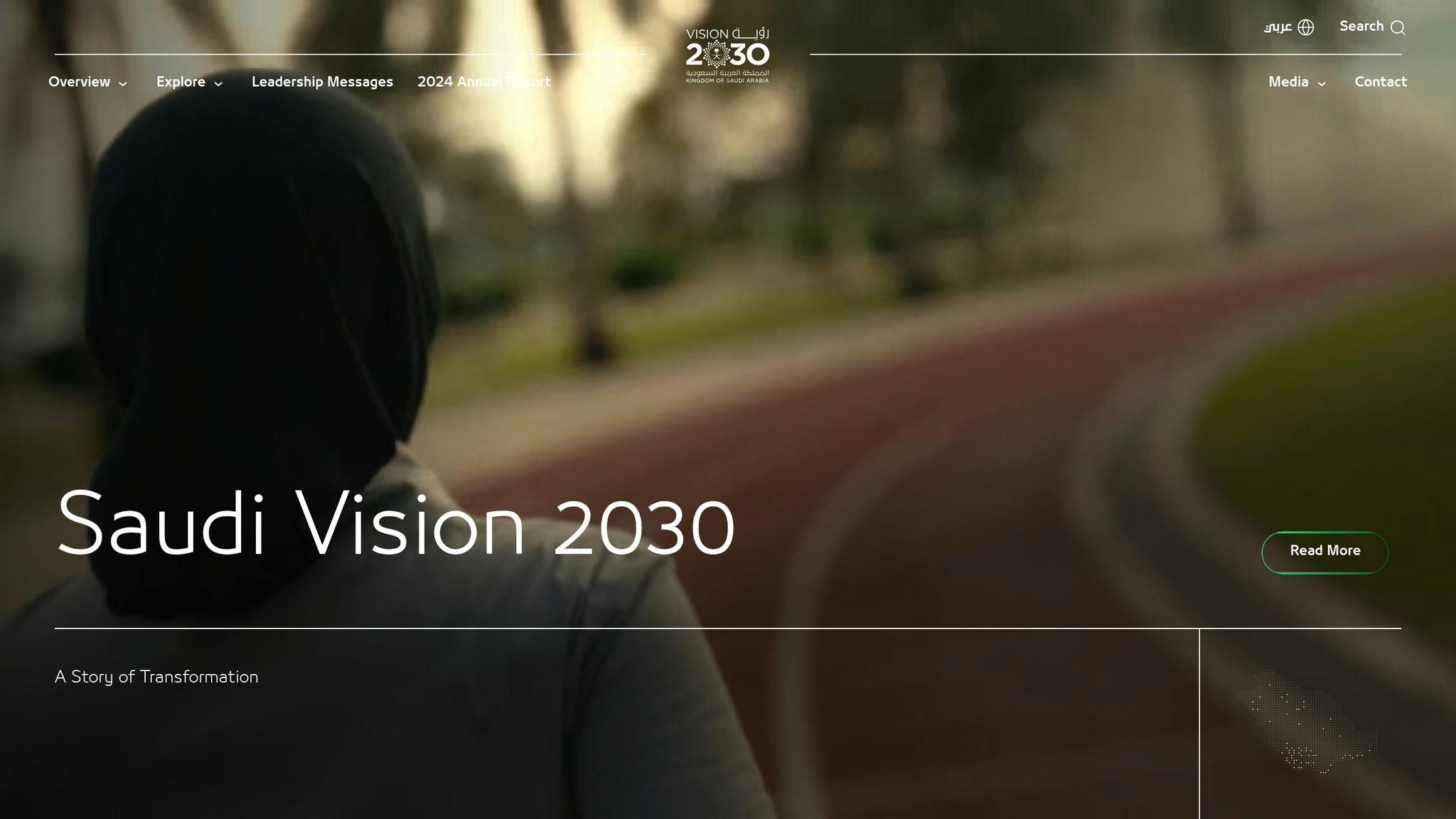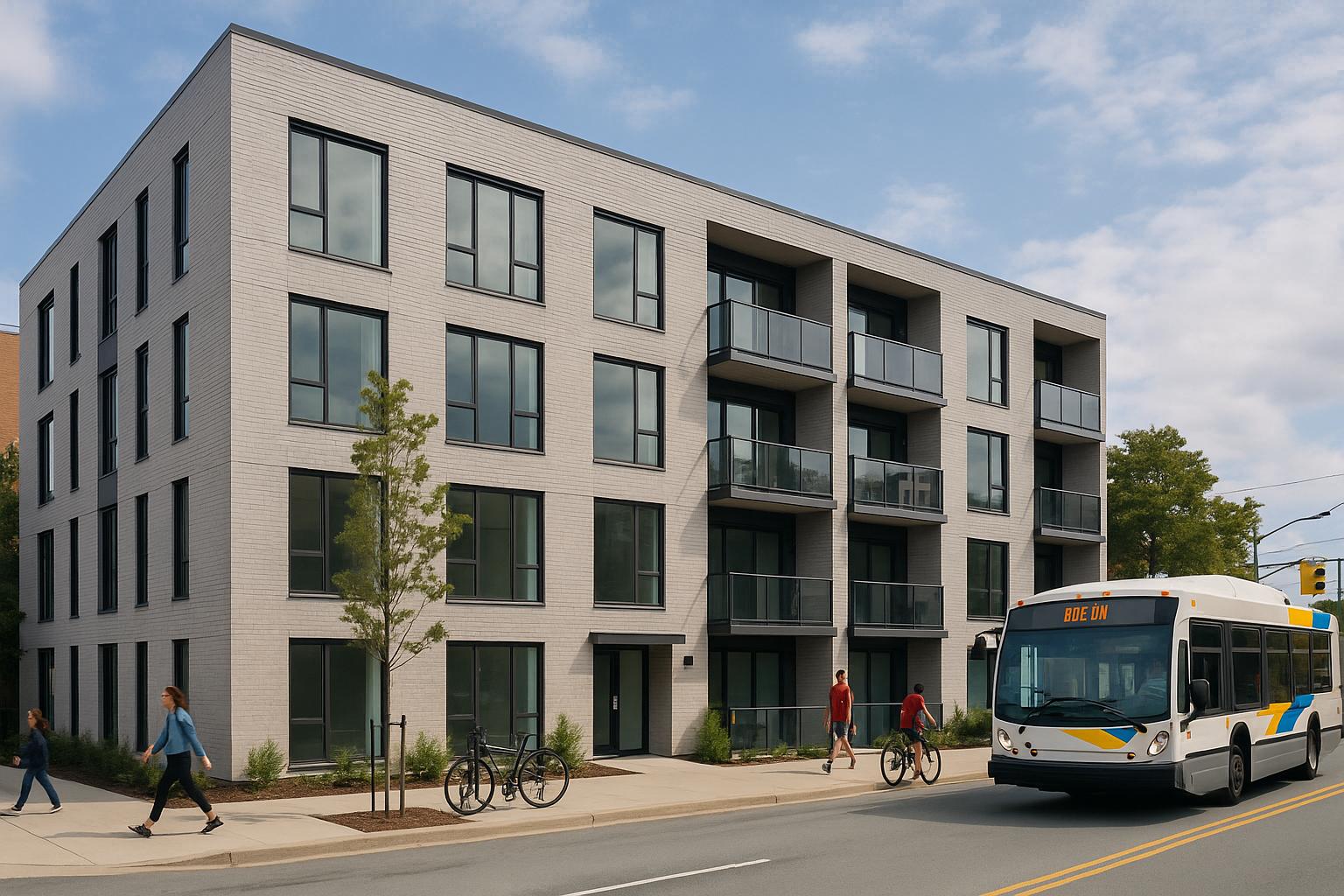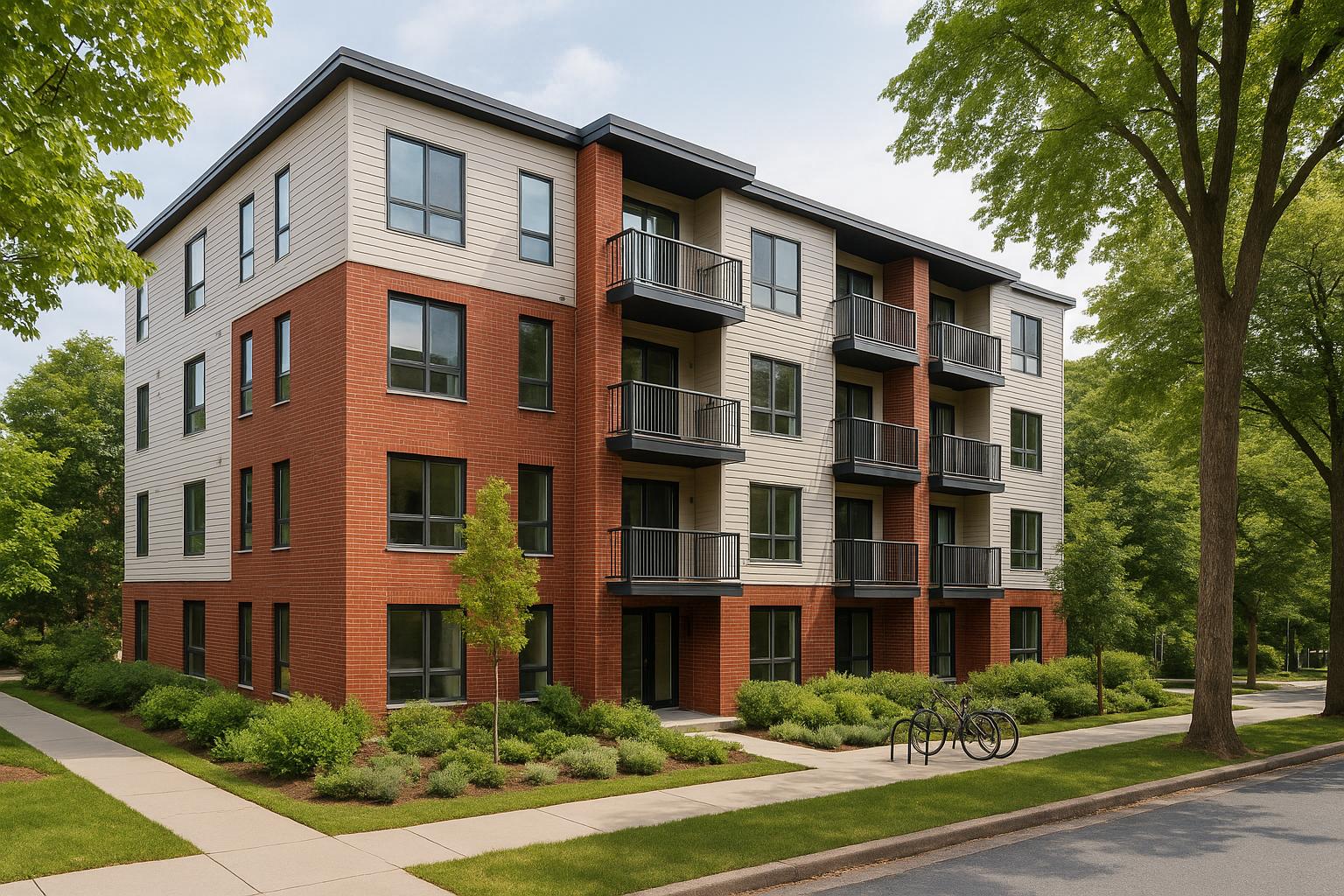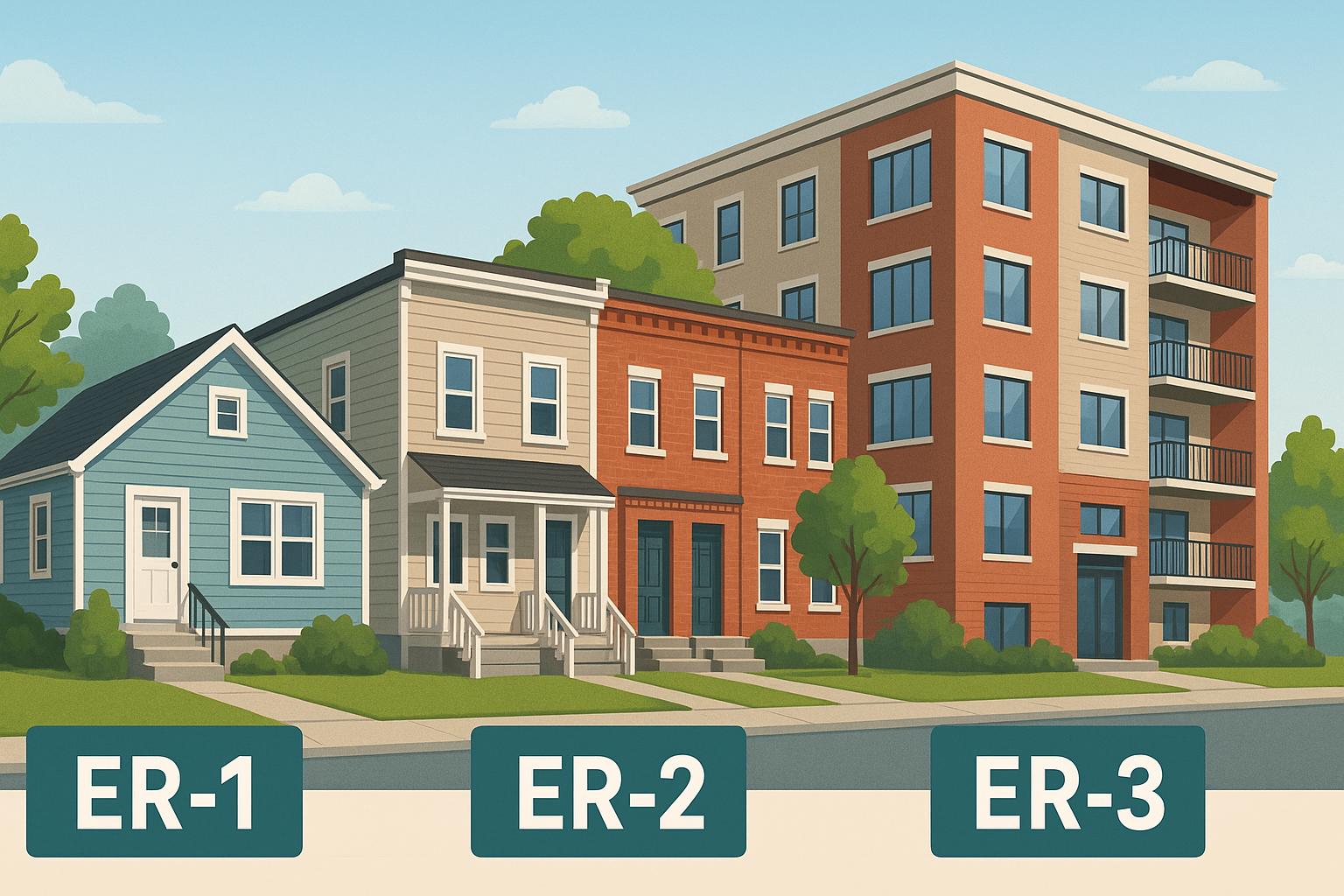The Saudi real estate market has achieved remarkable growth in the first half of 2025, with property sales in Riyadh surging by 63 per cent year-on-year to reach $17.5 billion. This boom reflects the Kingdom’s ongoing transformation under Vision 2030, fuelled by population growth, large-scale development projects, and upcoming global events.
Strong Activity in Riyadh and Jeddah
Riyadh recorded 35,600 property transactions in the first half of the year, a 10 per cent increase compared with the same period in 2024. The average apartment price in the capital rose by 10.5 per cent to SR6,100 ($1,600) per square metre, while villa prices climbed 12.4 per cent to SR5,396 ($1,439) per square metre. Apartment rental rates in Riyadh jumped 10.3 per cent, and villa rents increased significantly by 14.4 per cent, driven partly by rising family and professional relocations.
In Jeddah, property sales reached SR18.3 billion ($4.9 billion) in H1 2025, reflecting a 34 per cent year-on-year increase. Transaction volumes in the city grew by 25 per cent to 15,200 during the same period. Although villa rental prices in Jeddah saw a slight dip of 2.7 per cent, apartment rents rose by 4.7 per cent. Property prices in the city also experienced modest growth, with apartment prices increasing by 1.8 per cent to SR4,376 ($1,167) per square metre and villa prices rising by 2.5 per cent to SR5,114 ($1,364) per square metre.
sbb-itb-16b8a48
Housing Supply Expansion
To meet the growing demand, the Kingdom is ramping up residential development. Between January and June 2025, a total of 8,100 new residential units were delivered across Riyadh and Jeddah. An additional 30,700 units are expected to be completed by the end of the year, with a further 72,000 units projected by 2027.
Riyadh has added 6,000 homes so far this year and is set to deliver another 18,000 units by December 2025, bringing its total residential inventory to nearly two million units by 2027. Jeddah, on the other hand, delivered 2,100 homes in H1 2025 and is on track to add 12,700 more units by year-end, growing its inventory from 1.09 million units currently to 1.13 million by 2027.
Key development projects underpinning this supply include Diriyah, New Murabba, and Sedra District in Riyadh, as well as Jeddah Central and Al Arous by ROSHN in Jeddah. These projects are supported by government-backed housing initiatives aimed at increasing home ownership among Saudi nationals to 70 per cent by 2030.
Vision 2030 and Policy Reforms

Cavendish Maxwell’s KSA Residential Real Estate Market Performance report attributes this unprecedented growth to Vision 2030 initiatives and a series of policy reforms. Starting January 2026, a new law will enable foreign investors to own property in designated real estate zones, broadening market access. Additionally, measures such as the increased White Land Tax and Vacant Property Tax are expected to stimulate land supply, discourage speculative holding, and promote more efficient land use.
"The unprecedented growth of KSA’s residential sector reflects a deeper story: a region balancing tradition with modernity, where investment fuels progress while retaining the country’s charm and culture", said Sean Heckford, Director of Built Asset Consulting at Cavendish Maxwell. "More than just a property trend, this is a catalyst for regional development, driving improvements in infrastructure, services and lifestyle."
Heckford further emphasized the transformative potential of these reforms, stating: "Policy reforms are also transforming the Kingdom’s real estate landscape. Under the new foreign property ownership law, non-Saudis will be able to own property in designated areas, significantly broadening market access, while the increased White Land Tax and Vacant Property Tax should stimulate supply, discourage speculative holding, and promote more efficient land use."
Future Outlook
The Kingdom’s ambitious projects and policies are set to reshape its major cities. Riyadh is expected to evolve into a city of more than 12 million people by 2035, driven by giga projects, foreign direct investment, and the Government’s Regional Headquarters (RHQ) programme. Meanwhile, Jeddah is positioning itself as Saudi Arabia’s cultural and commercial gateway, with waterfront and urban regeneration projects expected to support a population of over six million by 2035.
As Saudi Arabia continues its real estate transformation, the sector remains a vital component of its broader economic diversification strategy, paving the way for sustained growth and development in alignment with Vision 2030 goals.



